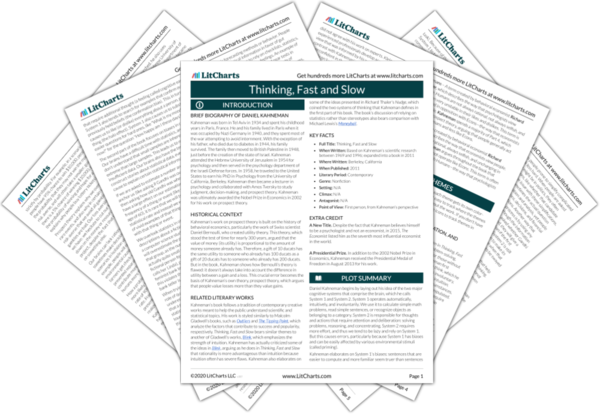In this pair of problems, the only difference between the two women is the framing of the loss: one has lost money intended for tickets, while the other has simply lost money out of an overall account (even though her money was also intended for tickets). By framing the loss of tickets as simply a broader loss of wealth, the woman can avoid the bias of believing that the price of the tickets has doubled—thus proving that frames can also be helpful.
